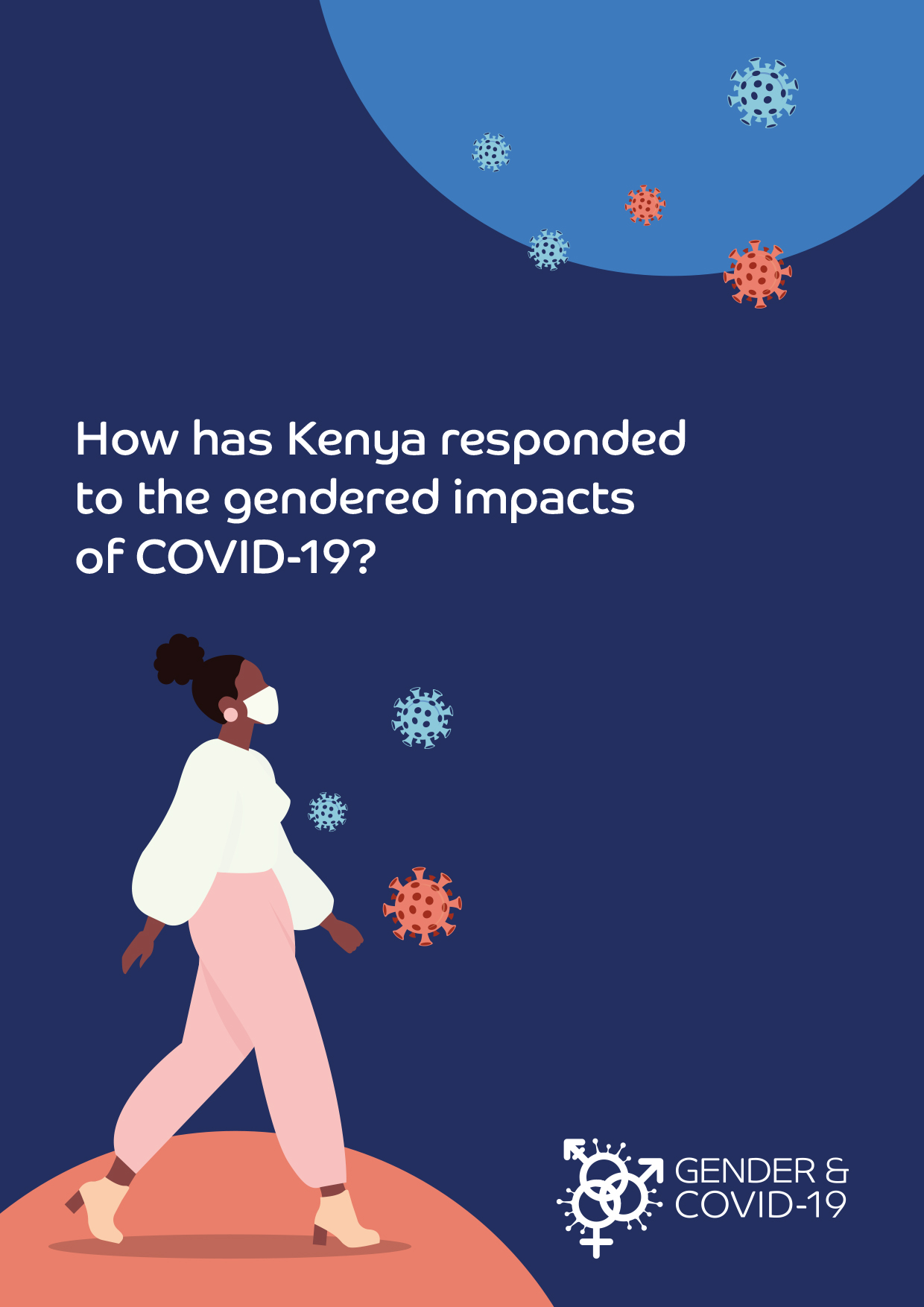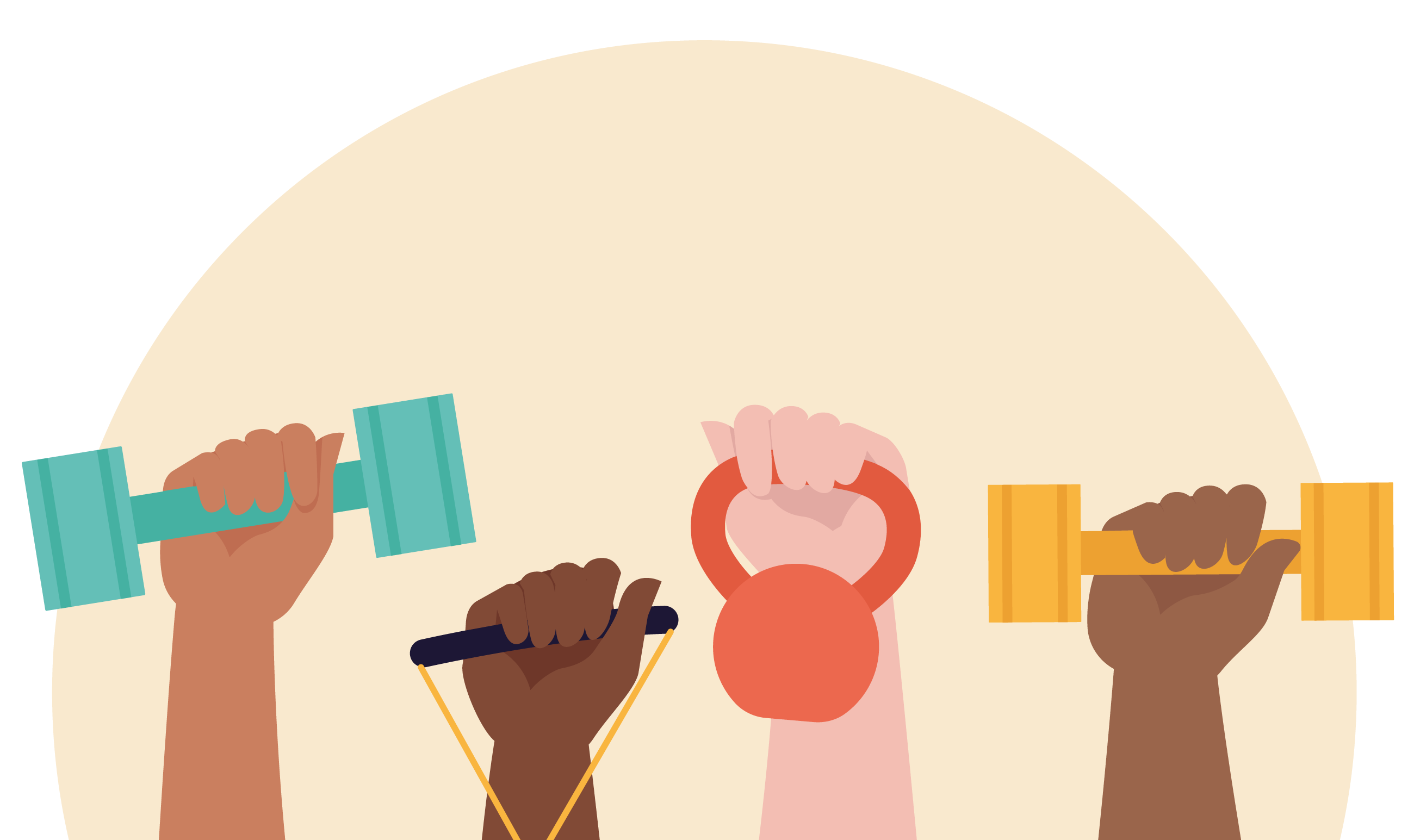
The COVID-19 pandemic has disproportionately impacted women and vulnerable groups, magnifying existing gender inequalities. To prevent inequalities from further widening, countries must urgently address and mitigate the gendered impacts of the pandemic. In this report, we outline the gendered impacts of the pandemic in Kenya, summarise measures taken by the Kenyan government to address these impacts, and offer recommendations to strengthen the pandemic response.
Our analysis of the gendered impacts of the pandemic comprises both primary and secondary impacts. Primary impacts refer to immediate, direct impacts of the pandemic, such as COVID-19 infections and deaths. Meanwhile, secondary impacts refer to longer-term social, economic, and non-COVID-19 health impacts. Through our analysis, which drew on government publications, academic journals, grey literature, and news articles, we found that:
- In Kenya, men comprised 56.4% of confirmed COVID-19 infections and 64.8% of COVID-19 deaths, as of
15 February 20221. - There is no publicly available sex-disaggregated data on nationwide COVID-19 vaccinations and testing rates, nor on hospitalisations and intensive care unit admissions.
- Unvaccinated women were less likely to try to get a COVID-19 vaccine compared to unvaccinated men, even though vaccine acceptance is similar between both groups.
- Nationwide, two in three adults who lost all their income in 2020 were women, with the most affected category being women working in the informal economy and depending on daily wages.
- The government’s financial assistance for businesses, such as lower interest rates and tax relief, were targeted at the formal sector and thus did not benefit many women.
- Cash transfer programs barely reached those who needed them most. Only 5% of households in Nairobi’s informal settlements received cash transfers in the first phase of the program between April and November 2020.
- Over 50% of young women who were unable to meet their basic needs reported depressive symptoms.
- Women disproportionately shouldered the increased care work resulting from school closures and taking care of the sick: 76% of women and only 24% of men helped to home school their children.
- Nationally, adolescent secondary school girls were twice as likely to become pregnant and three times more likely to drop out of school because of school closure during lockdown.
- Gender-based violence reported through the national helpline 1195 recorded a sharp increase of cases from 86 in February to 1,100 in June 2020.
- Kenyan health care workers, the majority of whom are women, reported inadequate personal protective equipment and training on COVID-19 management, understaffing, long hours, burnout, deteriorated mental health, isolation from family, social stigma, lack of comprehensive medical cover, and inadequate risk allowance and compensation, among other grievances.
- Women are greatly underrepresented in COVID-19 leadership. For example, the National Emergency Response Committee on Coronavirus only included four women (19% of membership).
How has Kenya responded to the gendered impacts of COVID-19?





